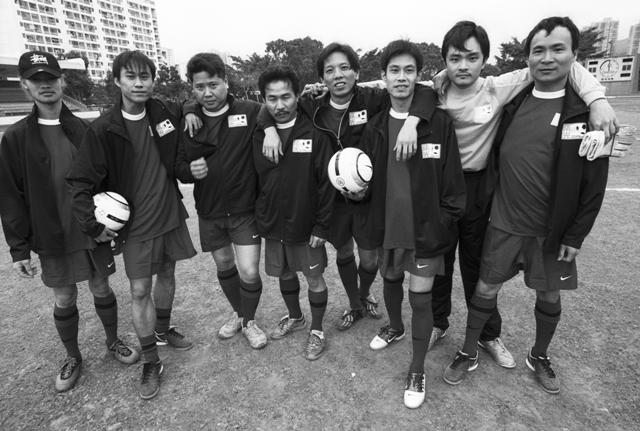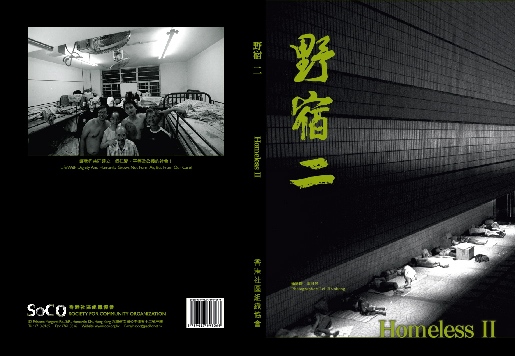Preface
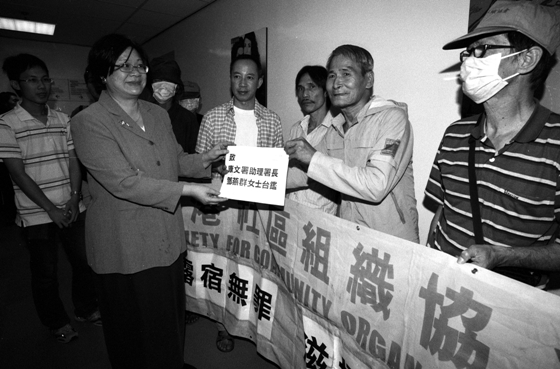
One night, when visiting a 40-odd year old street-sleeper
who slept at the back lane of a staircase, I met, at the back lane where
black dirty water was dripping, a 50-odd year old woman whose employment
was to wash bowls. She asked: Why do you help the street-sleeper when
he is stronger than I am?
On another occasion, when seeking sponsorship from a large enterprise,
I came across a member of the enterprise's senior management. He asked:
When there are so many people needing help in this society, why do you
choose the street-sleepers?
Street-sleepers are perceived to be giving up themselves, reluctant
to face life positively and a burden to the society because of their
reliance on the Comprehensive Social Security Allowance. Hong Kong's
conventional saying "So long as you are willing to work, there
is no reason why you can't find a job" is, since time unknown,
no longer true. Hong Kong, praised as the "international financial
centre", can no longer accommodate those Hongkongers who were regarded
in the past to possess unusual skills.
One street-sleeper was previously a rare scaffolding master who
could do the work dangling on wire. He cannot use his skills in the
ebb of the construction industry. Another street-sleeper specialized
in being an understudy in films. A man with long hair, his specialty
was to act as female ghosts flying around. The film industry now offers
insufficient employment and even has to be rescued with public funds.
The flying ghost and dangling master can but lament: "It's useful
even if you can fly."
When everybody is holding lively discussions about the lower-class
society, street-sleepers have been washed to the lowest stratum for
ever. Sometimes, they are even washed away and forgotten.
In 2002, SoCo published the first book Living in the Wilderness,
which recorded the situation of street-sleepers. The book contained
records of those street-sleepers who lost their friends, relatives and
property overnight in the financial turmoil from 1999 to 2002. That
was the peak period of the street-sleepers, who came from various social
strata. At night, they came from different directions. What in most
demand was paper cartons to be spread on the floor for sleeping.
After a lapse of eight years, it appears from statistics that
the situation of street-sleepers has improved. On the other hand, however,
there is a gradual drop in the age of street-sleepers. The 20-odd year
old street-sleepers have become a community spending their days in internet
bars. The education level among them becomes higher and higher. Some
even had studied in universities or were previously senior government
officials. They have been living in a helpless cycle: unemployed ...
find casual jobs ... unemployed ... sleep in the streets again.
Actually, what the street-sleepers need is not the society's
special treatment. We merely hope that there can be more care and less
discrimination in the society. More than one street-sleeper have the
following experience. There is no response to your job application when
the company sees that your address is a street-sleepers' home in Sham
Shui Po. The street smart street-sleepers have become wiser. They put
their address as No. 15A, Yuen Chau Street, and then received a response
to their applications.
How small but meaningful are their wishes - to be able to laugh
with their mouths open and to attend job interviews with their heads
high. Street-sleepers lack sanitary habits owing to sleeping in the
streets for a long time. Not a few of them were drug addicts and many
are troubled by decayed teeth. They merely hope that someone would help
them to deal with their teeth problem, a burden which they cannot shoulder
by themselves, such that they will not have to lower their heads when
attending job interviews.
It is encouraging that three years ago, the first Dawn Light
Football Team was formed by street-sleepers. They even had the chance
of playing in Scotland and South Africa. "Never thought even street-sleepers
can represent Hong Kong in competitions", one of them said happily.
On the football pitch, the street-sleepers who used to be in
low spirit have now regain self-confidence, like the senior alumni in
Shaolin Football, by becoming goal-keeper with 40-in waist or Maradona
of Sham Shui Po.
Hope all senior alumni, male or female, could come back to the
football pitch and resume your position as soon as possible.
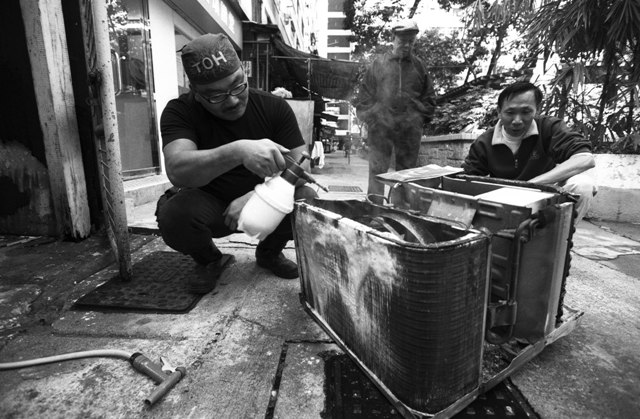
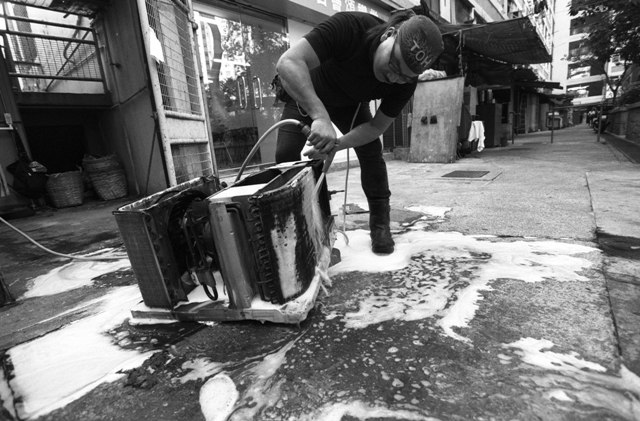
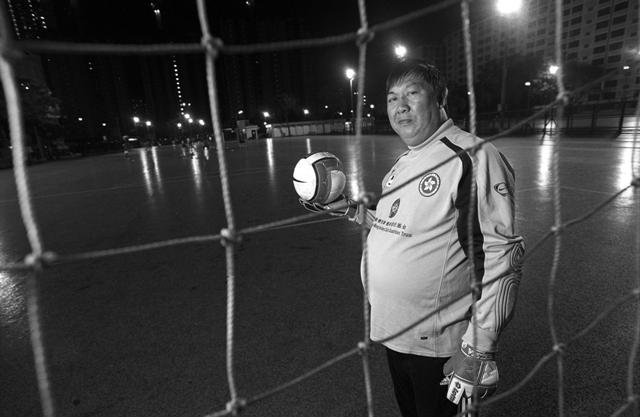
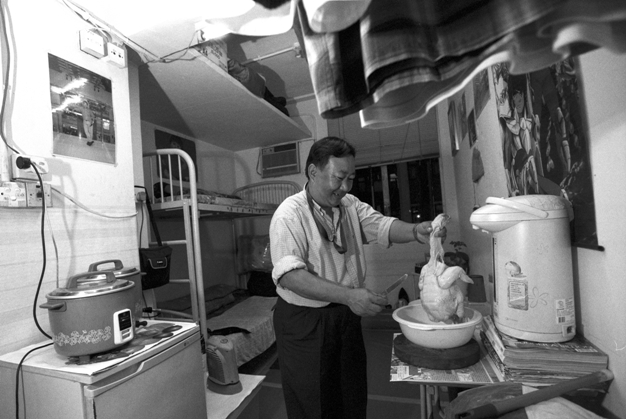
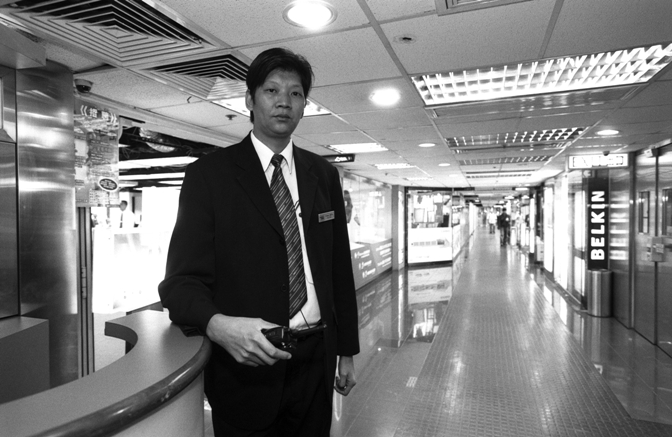
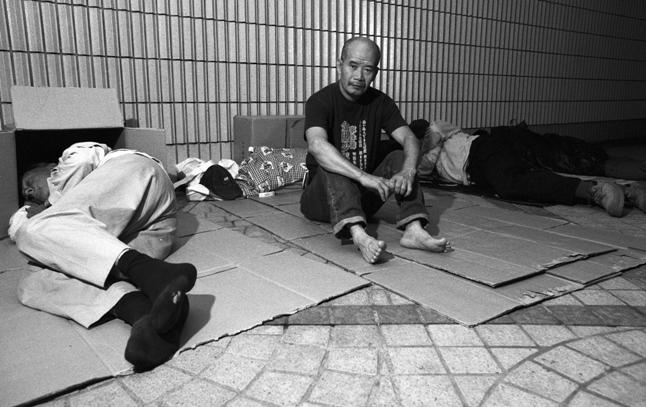
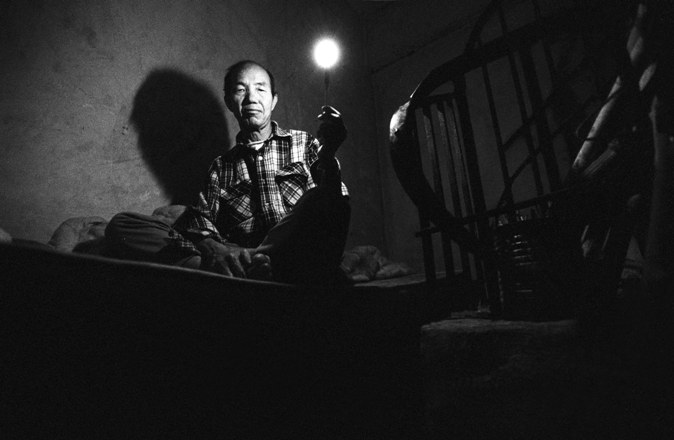
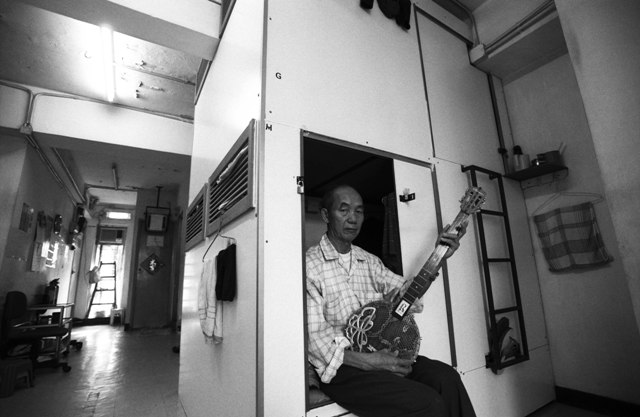


 It
was April 2004, when everyone was desperate about finding jobs, finding money
to cover the mortgage, and realizing their property had lost half of their
value. It was this time of desperation even for ordinary public that I read
the news of Homeless World Cup a rare hope for the homeless.
It
was April 2004, when everyone was desperate about finding jobs, finding money
to cover the mortgage, and realizing their property had lost half of their
value. It was this time of desperation even for ordinary public that I read
the news of Homeless World Cup a rare hope for the homeless.